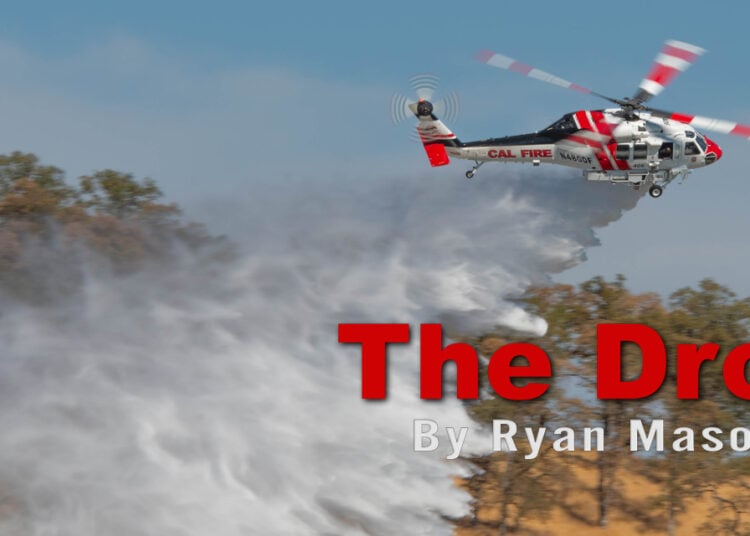As an aviator, once you have reached a certain level of experience, you have undoubtedly felt pressure to fly at one time or another. The fact remains that pressure to fly is killing pilots. Without some significant change, not just in aerial firefighting but in aviation in general, pilots will continue to die because a need or want of a non-pilot has outweighed sound decision-making regarding why a flight shouldn’t take place.
During the recent inquest into the C-130 crash occurring currently in Australia, a pilot gave testimony that while he did not feel pressure to fly from his employer, he did feel pressure to fly from the agency that hired the employer as a contractor during Australia’s Black Summer fires in January of 2020. While the inquest is ongoing, those familiar with the error chain leading up to many accidents may attribute pressure to fly as a potential contributing factor to the crash that took the lives of three aerial firefighters.
The aerial firefighting industry is a player in a more significant problem that permeates the entirety of aviation. Probably one of the most famous pressure-to-fly crashes is the crash of the S-76 that killed Kobe Bryant, his daughter, and five others just three days after the Australian C-130 crash. In that incident, the highly experienced pilot took off in conditions rapidly deteriorating into IMC conditions, despite not being current and proficient on instruments. His celebrity clientele needing to get to a location was no doubt a significant contributing factor to the pressure to take the flight.
Helicopter emergency medical aircraft have suffered many incidents leading to loss of life over the years due to “helicopter shopping” by dispatchers with little if any, aviation or weather knowledge. They continue to shop around every air medical aircraft in the area, rejection after rejection for weather until a pilot eventually thinks they can make the flight. This kind of action has often led to fatal accidents. However, the HEMS industry has gone to great lengths over the years to ensure that pilots have the ultimate ability to reject a flight for the weather; the white knight thought process that many of us in the emergency service world know well could often cloud judgment.
No matter which segment of the aviation industry suffers a loss, its ripple effects spark a conversation that takes over our social media section for a week or two. Then it peters off into nothing until the next one. I am not naive enough to believe that the industry will stop putting pressure on pilots to fly in one way or another, directly or indirectly, implied or otherwise. I hope that pilots in the industry put themselves above whatever reason they have for taking a flight that may cost their lives.
I hope that the need for living eventually overrides the need for employment. The pilot shortage has shown that there are now more employers looking for pilots than the other way around, as it has been for decades. I hope that eventually, there are enough quality jobs that those who feel pressure to fly can immediately set down tools, hand in notices, and find a new employer that prioritizes safety over profit.
United States-based aerial firefighting bodies, whether federal, state, or local, do a decent job relating to safety processes and procedures, although there is always room for improvement. However, lessons can be learned from the inquiry in Australia. As the fire risk continues to grow in other parts of the world that are seeing increased fire activity and thus using more and more contract resources like Greece, Chile, Australia, and other countries, safety still needs to be the first consideration for aerial firefighters before taking off into conditions that could prove dangerous.
Fly safe,
Ryan






